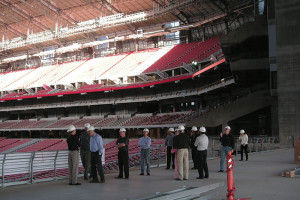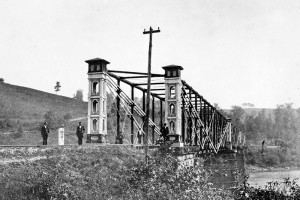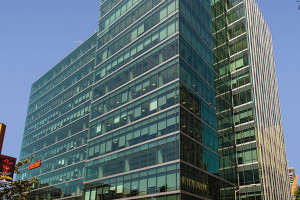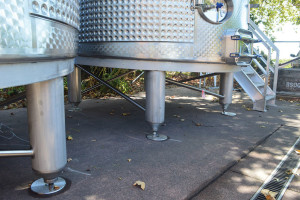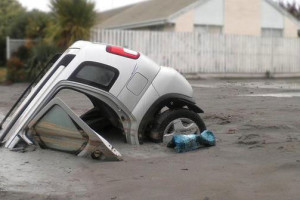The Council
The Applied Technology Council (ATC) was created by practicing professionals with the intent of serving the evolving needs of engineering practice. Begun in 1971 after the San Fernando earthquake demonstrated the need for improved hazard mitigation strategies and seismic design standards, the founders came up with the novel idea to pay engineers and researchers to develop these technologies instead of relying on volunteer labor. ATC became a nonprofit, tax-exempt corporation in 1973. …

